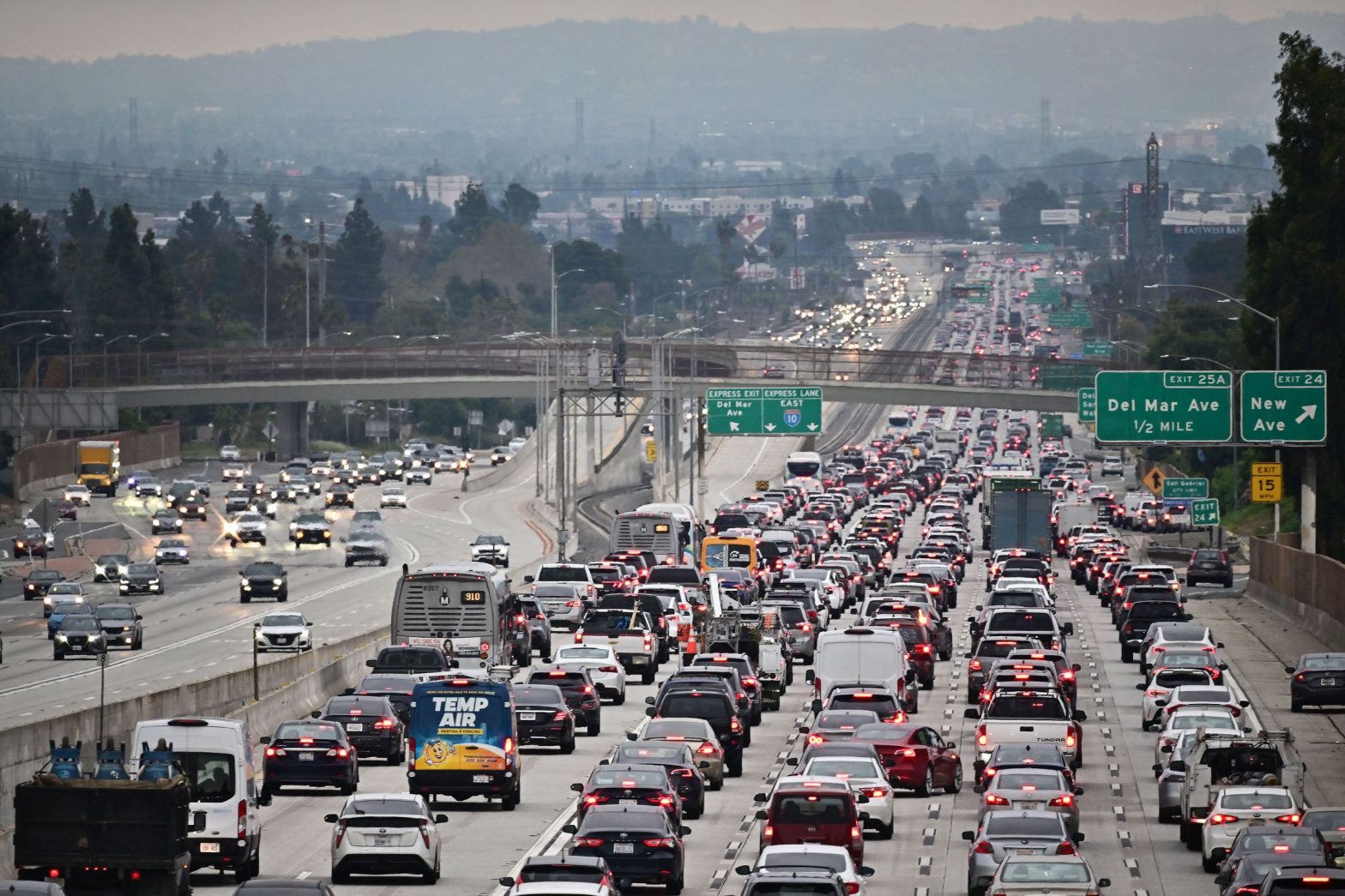/
The switch would have huge public health benefits. But it all depends on how quickly the US takes action.
Share this story
:format(webp)/cdn.vox-cdn.com/uploads/chorus_asset/file/24708824/1251763779.jpg)
A new report from the American Lung Association lays out the enormous health benefits of a nationwide shift to electric vehicles and clean energy. Alas, the potential payoff depends on the slim chance that lawmakers, automakers, and utilities can rise to the occasion to save tens of thousands of lives.
That optimistic scenario would cut enough pollution to prevent up to 89,300 premature deaths through 2050, the report finds. There would also be 2.2 million fewer asthma attacks over the same period of time. And since money talks, the health benefits add up to $978 billion and 10.7 million fewer lost workdays over the next few decades.
Those wonderful things only happen if the US sells only emissions-free passenger vehicles by 2035, even if some gas-guzzlers stay on the road. (The average person keeps a car for about 14 years or 200,000 miles.)By that date, the country’s electricity would also need to come from clean renewable energy instead of fossil fuels. Unfortunately, that might be a long shot, at least under current policies.
The Environmental Protection Agency (EPA) proposed strict new standards for tailpipe emissions back in April. Once finalized, the rules could push automakers to make up to two-thirds of light-duty vehicle sales electric by 2032. The pace would need to pick up quickly to reach 100 percent electric vehicle sales just a few years later.
Things get more complicated when it comes to cleaning up power grids. The Biden administration says it wants to achieve a 100 percent carbon pollution-free electricity by 2035. But it has also taken steps thatwould keep fossil fuel-fired power plants on line. The EPA’s long-awaited proposal to update pollution limits for power plants, for instance, relies heavily on technologies that capture carbon dioxide from smokestack emissions. While that would cut emissions causing climate change, it doesn’t eliminate all the other nasty stuff that coal and gas power plants pump out that can harm people’s health.
It doesn’t hurt to dream, though. And the American Lung Association is holding out hope that the US will clean up its act in time, citing the EPA’s proposed tailpipe emission rule as an important first step. “This is an urgent health issue for millions of people in the U.S.,” Harold Wimmer, president and CEO of the American Lung Association, said in a press release. “Fortunately, the goal of transitioning passenger vehicle sales to zero-emission, and the resulting health impacts, are within reach.”
Transportation is one of the biggest sources of air pollution in the US, where 120 million people live in places with unhealthy air quality, according to the American Lung Association.
